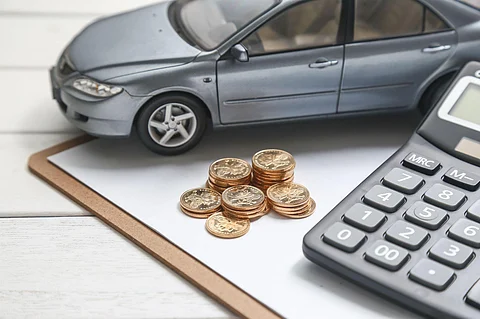
- News
- Women
- Magazine
- IndustryIndustry
- InsightsInsights
- Success Stories
- PublishPublish
- ContactContact
- Media KitMedia Kit

True Cost of Owning a Car
Owning a car in India has long been seen as a symbol of status, convenience, and independence. However, what most drivers fail to account for is that the price tag on the vehicle is just the beginning.
Beyond fuel and EMI payments lie several hidden expenses that can creep up unexpectedly, unless you’ve factored them into your financial planning.
In this article, we break down the true cost of car ownership in India, including a key insight that many drivers overlook.
Owning a car in India involves more than just the purchase cost. Here are some key costs that many owners often overlook:
Most new car buyers assume regular servicing every six months or so will be manageable. But once your car moves beyond the warranty period or starts ageing, the costs can pile up fast.
Unexpected expenses include:
Replacement of brake pads, suspension components, or clutch plates
Battery failures, particularly in extreme weather
Tyre replacements every 30,000–40,000 km
Wear and tear on wipers, bulbs, and AC components
If you're driving frequently in congested or poorly maintained areas, your maintenance bill could double compared to someone using highways regularly.
Car companies often market high fuel efficiency, but in real-world conditions, with traffic jams, stop-start driving, and frequent air conditioner usage, the actual mileage can drop significantly. This has a substantial impact on monthly fuel expenses.
For example:
A petrol car claiming 18 km/l may only deliver 11–12 km/l in city traffic.
Diesel cars, while better in mileage, incur higher maintenance over time.
Tracking mileage versus distance travelled is an eye-opener for many car owners trying to calculate their total spend.
The value of your car starts decreasing the moment you drive it off the showroom floor. In fact, most vehicles lose 15–20% of their value in the first year and about 50% over three years.
While this may not be a cash-out-of-pocket expense, it becomes significant when you plan to resell or calculate car insurance coverage.
This brings us to one of the most misunderstood aspects of insurance—IDV.
One often overlooked detail in insurance is selecting the right Insured Declared Value (IDV), the current market value of your vehicle. It’s the maximum amount payable in case of total loss or theft.
Setting the IDV too low may reduce your premium but also your claim payout, while an inflated IDV raises premiums without added benefit. Using an IDV calculator for car helps you arrive at the optimal value quickly and accurately.
Car insurance isn’t a one-time cost, it’s an ongoing responsibility. While comparing premiums is common, overlooking useful add-ons like zero depreciation or return-to-invoice can lead to reduced claim payouts.
Insurers like Insurance simplify policy management with app-based services that let you access your policy, track claims, or renew coverage on the go, ensuring you're never caught off guard when expenses arise.
Urban car owners in cities like Delhi, Mumbai, and Bengaluru often spend thousands annually on:
Monthly parking passes or valet charges
Highway tolls using FASTag
Occasional fines for signal jumping, over-speeding, or incorrect parking
These may appear minor individually but can total several thousand rupees over a year, especially for frequent commuters.
If you've financed your car through a loan, don’t forget the interest component. Even with competitive rates, you could end up paying 1.2x to 1.5x the car’s showroom price over the tenure of the loan.
What many fail to realise is that cars are depreciating assets, so paying interest over 5–7 years on a vehicle losing value is not always ideal unless absolutely necessary.
Owning a car in India offers unmatched convenience, but it comes with a series of hidden costs that go well beyond fuel and EMIs.
Regular maintenance, smart insurance planning, and a clear understanding of what IDV is can help you manage these expenses and avoid financial surprises.
Before your next insurance renewal or resale decision, take a few minutes to use a trusted IDV calculator for car and revisit your car insurance policy.
Follow us on Google News
